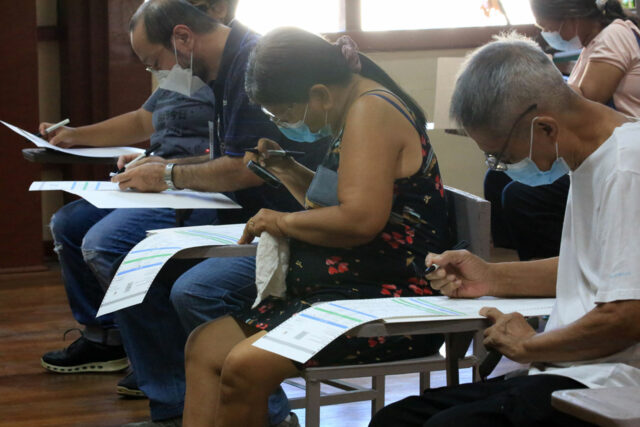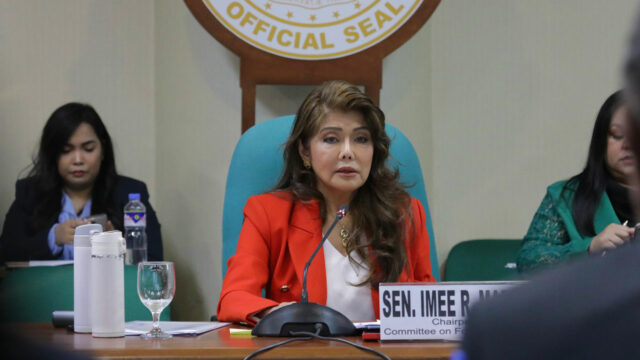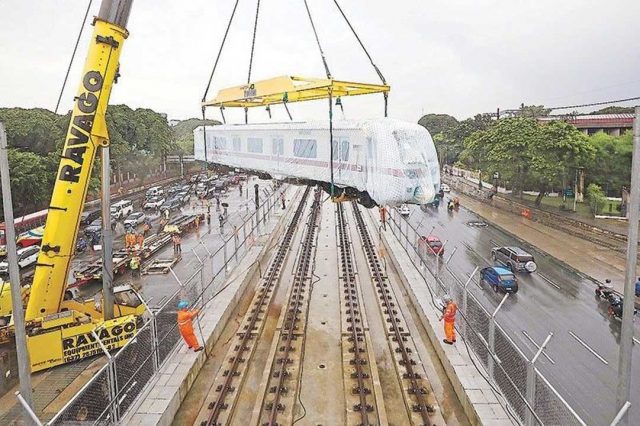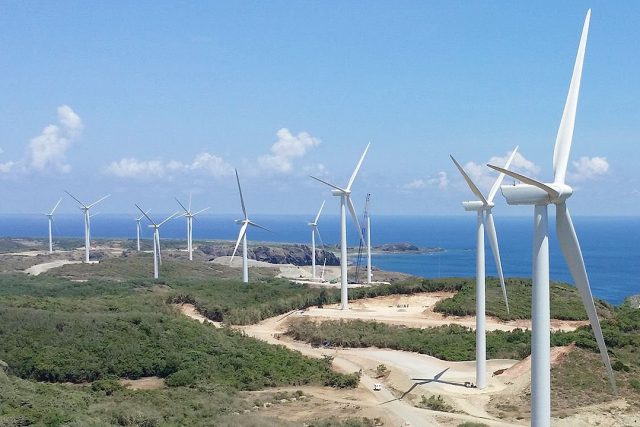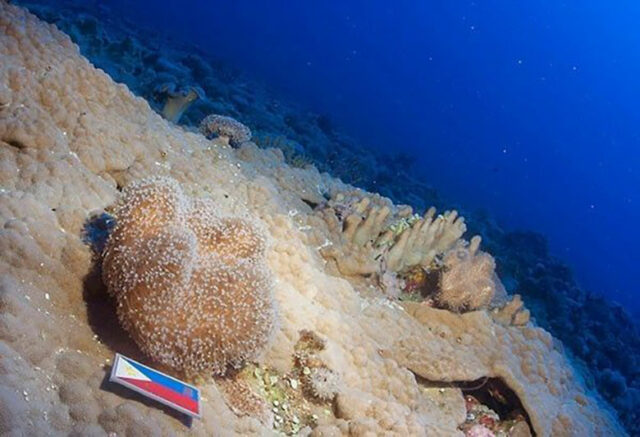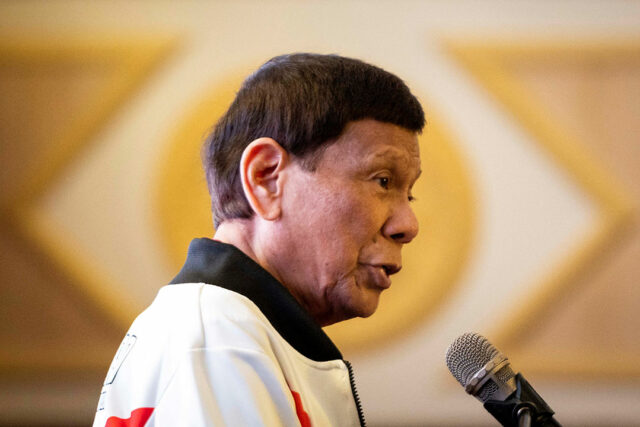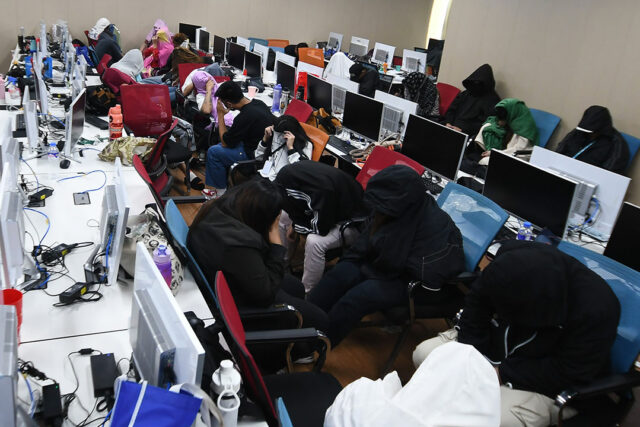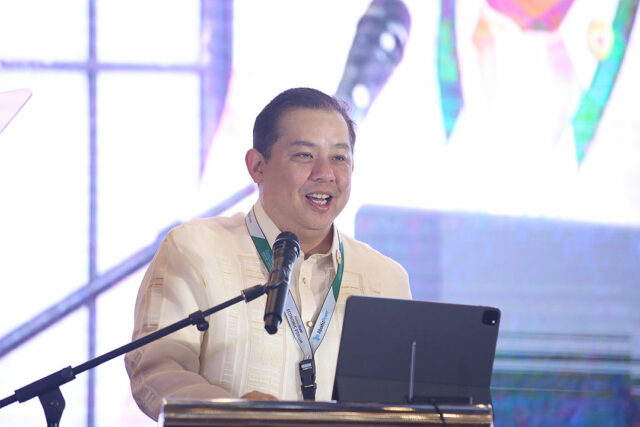Comelec starts distributing voters’ info sheets for midterm elections
THE Commission on Elections (Comelec) on Wednesday started distributing voters’ information sheets (VIS) ahead of the May 12 midterm elections.
The VIS is a four-page document that provides essential information, including voters’ designated polling station, instructions for using vote-counting machines, and the list of national and local candidates, along with 155 party-lists.
“Everyone should remember that the VIS is very important because not everyone has access to the internet… so how can they get information from our precinct finder?” Chairman George Erwin M. Garcia said in Filipino during an ambush interview.
 “[The VIS will show that] we are all equal in this country because we will only receive the same kind of document,” he added.
“[The VIS will show that] we are all equal in this country because we will only receive the same kind of document,” he added.
To avoid politicizing the process, the Commission opted to hire temporary employees instead of barangay officials to distribute the VIS. The distributors, who will carry Comelec-issued identification (ID) cards, will be required to personally deliver the VIS to each voter.
If the voter is unavailable at their registered address, an authorized representative may receive the VIS on their behalf.
According to the poll chief, several regions, including the Cordillera Administrative Region, northern Mindanao, Davao region, Soccsksargen, and the Bangsamoro Autonomous Region in Muslim Mindanao, have also started distributing the VIS, with the Comelec aiming to complete the process by April 30.
Mr. Garcia also said the Comelec will reopen its precinct finder two weeks before the May 12 elections, enabling voters to locate their designated voting centers or precincts in advance.
The Commission printed a total of 68 million VIS for 68.4 million voters in the Philippines.
Meanwhile, during the Management Association of the Philippines’ General Assembly on the same day, Mr. Garcia said the business community plays a crucial role in shaping the economy, not just through investments and job creation but also through their words and sentiments.
Their statements have a direct impact on economic confidence, making their voices matter in national conversations, he said.
“The business community’s contribution to the economy is significant, but it would be for nothing if they do not trust our processes and systems. How can our economy improve if they don’t trust it? Trust begins when they trust the elections themselves,” he told reporters in Filipino.
MYANMAR VOTING
Also on Wednesday, the Commission said Filipino voters in Myanmar will be casting their votes through postal voting, instead of online voting, after a 7.7-magnitude earthquake struck the Southeast Asian nation last March 28.
This means they will receive an envelope containing their ballot, which they will then send back to the Philippine embassy.
Once the ballots are received at the embassy, they will be counted using the machines provided by Comelec.
“There are only about 320 voters in Myanmar, and most of them are concentrated in the capital. It’s a small number, but every vote matters,” the poll chief said.
Some 1.2 million Filipinos registered to vote overseas, according to Comelec. Overseas voting will begin on April 13 until May 12.
The upcoming midterm elections will determine the composition of the Senate, House of Representatives, and local government positions. — — Chloe Mari A. Hufana

